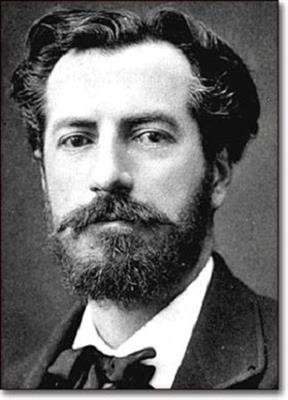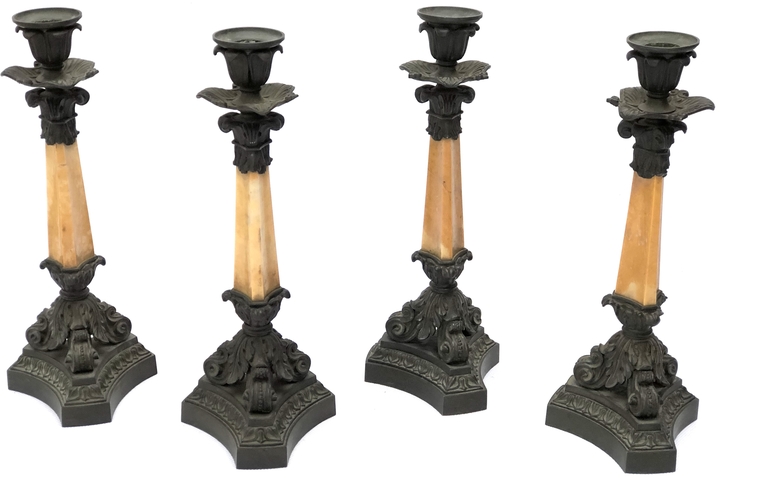Highlights from The Pedestal Shop | Available now online
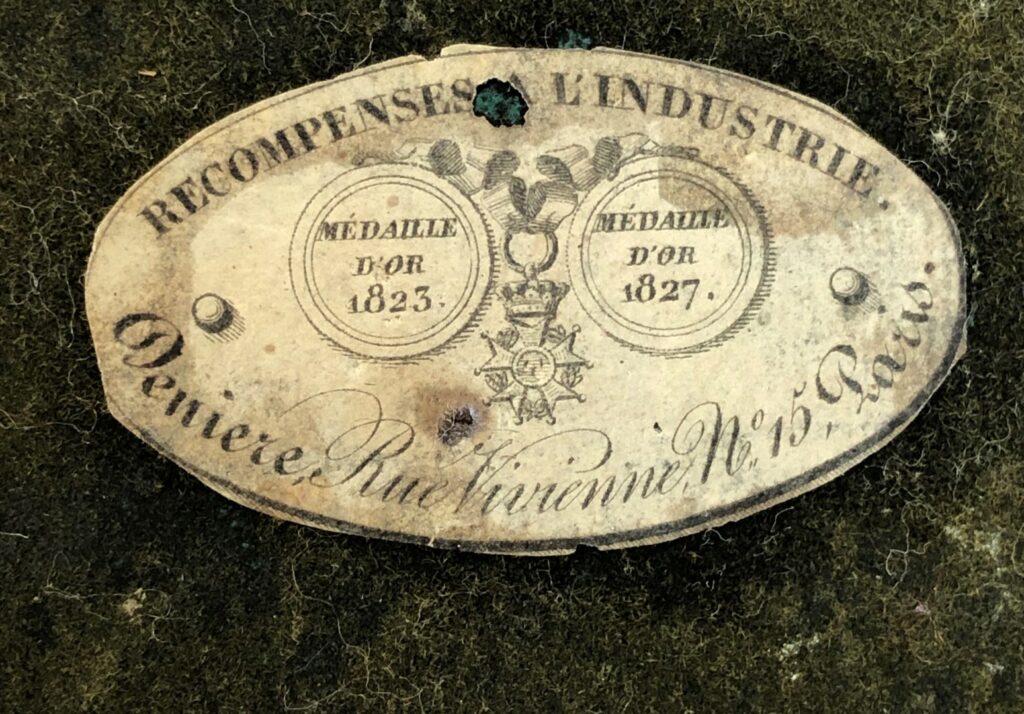
There are a number of new additions to The Pedestal Shop and here we showcase three decorative and highly appealing pieces created in mid-19th century France and Italy.
This fine group of four French patinated bronze and yellow sienna marble candlesticks was produced by the renowned Paris-based firm of bronzeurs, Denière. Their casting skills are beautifully shown in the foliate drip-pans and the bases featuring scrolling mounts centred by classic acanthus leaves. They bear the Denière label, showing above, inscribed with Recompense a l’Industrie, Medaille d’Or 1823 and Medaille d’Or 1827, along with the Paris address: Rue Vivienne, No 15.
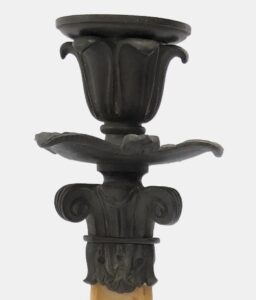
The output of Jean-François Denière (1774-1866) included ornamental patinated and gilt-bronze objects, candelabra, torchères and ornamental mantel clocks, and goods were supplied to the French court prior to the Revolution. Before the establishment of the First Empire Denière’s clients were to be found amongst the European nobility and in the evolving United States. After the formation of the Empire Denière’s pieces again found favour in the home market.
Denière also worked on a monumental scale – casting the group, Apollo, Poetry and Music, designed by sculptor Aimé Millet in the 1860s. The work resides in a splendid and commanding position, atop the Opera Garnier, Paris.
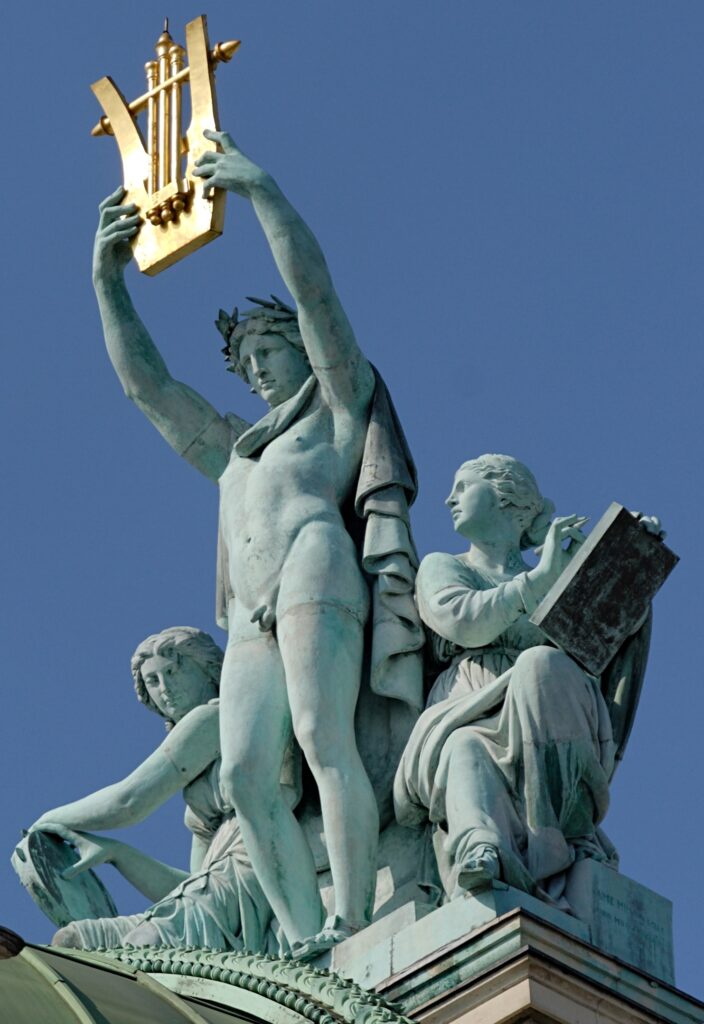
The exceptionally laborious and painstaking art form of micromosaic is beautifully demonstrated in the central panel of this Italian mid-19th century circular black marble table top. The lively scene, depicting a mother hen and her chicks within a grassy landscape with rocks and plants in the foreground is based on a painting by Johann Wenzel Peter (1745-1829) in the Gallery of St Pius V, in the Vatican Museums, Rome. From the late 18th to the early 19th century Wenzel Peter was considered the most gifted of animal painters. Two years after his death, Pope Gregory XVI purchased eleven works from Wenzel Peter’s studio and these were added to the Vatican Museum collection, the epic work depicting Adam and Eve in the Garden of Eden comes from this group.

The popularity of micromosaics peaked around the mid-19th century with Rome the main European centre of production. The Vatican Mosaic Studio was formally established in 1727, although in the late 16th century Pope Gregory XIII had brought Venetian mosaic artists to the Vatican City in order to pass on their skills to Roman craftsmen who soon set about decorating elements of St Peter’s Basilica. Inevitably, the Studio also produced works in mosaic on commission, many of which were purchased by Grand Tour travellers and later set into items of furniture.
This fine micromosaic features andamento – the flow and direction within a mosaic produced by the placement of tesserae – the material from which the mosaic is crafted. Andamento can be seen here, notably in the plumage of the chickens, flowers and foliage.
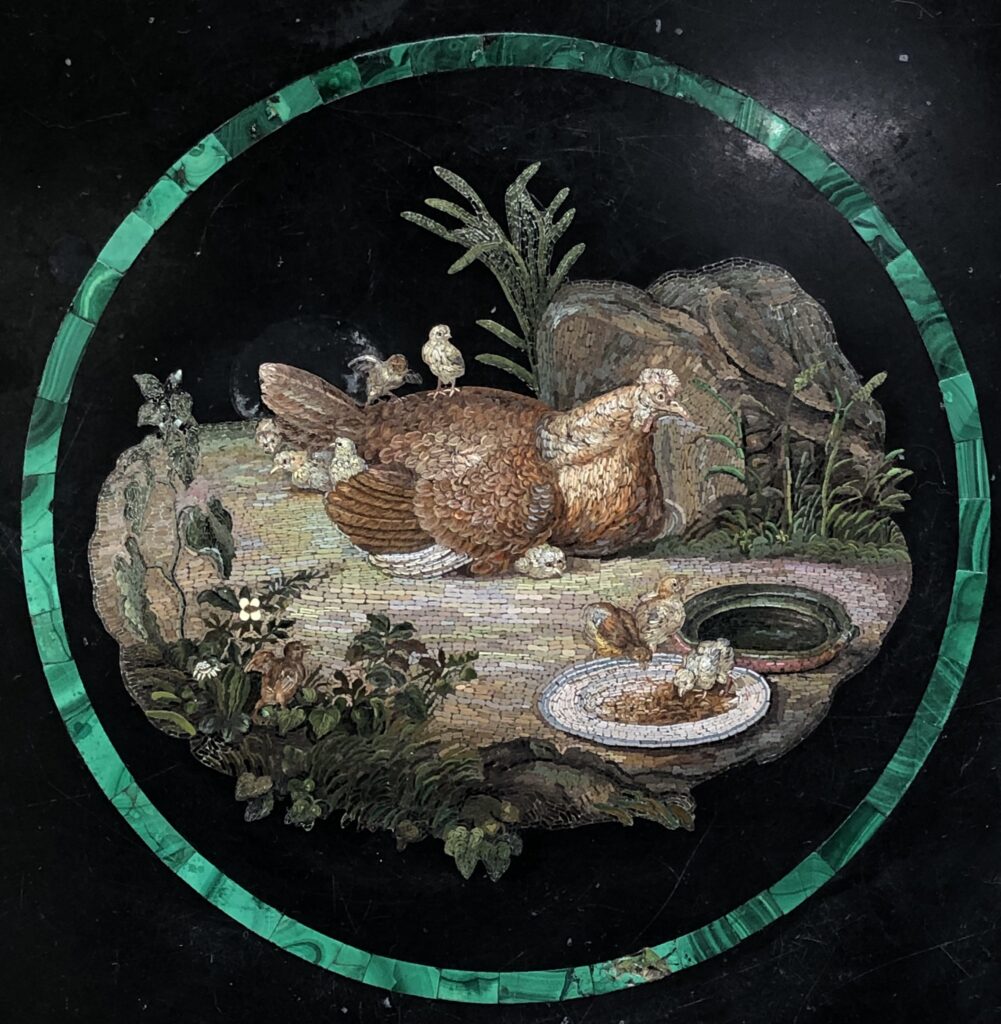
Le Fumeur, in bronze and dated 1869, was created by the French painter and sculptor, Jean-Baptiste Carpeaux (1827-1875). The bust dates from the period in Carpeaux’s career when increasingly he was seeking out real life and everyday subjects for his work. Initially Carpeaux studied under the sculptor François Rude and he entered the École des Beaux-Arts in 1844. Through the award of the Prix de Rome, Carpeaux resided in the Eternal City from 1854 to 1861. He focused on the work of Michelangelo, Donatello and Verrocchio, however, he broke away from the strictures of classical representation with the development of an interest in the depiction of movement and spontaneity.
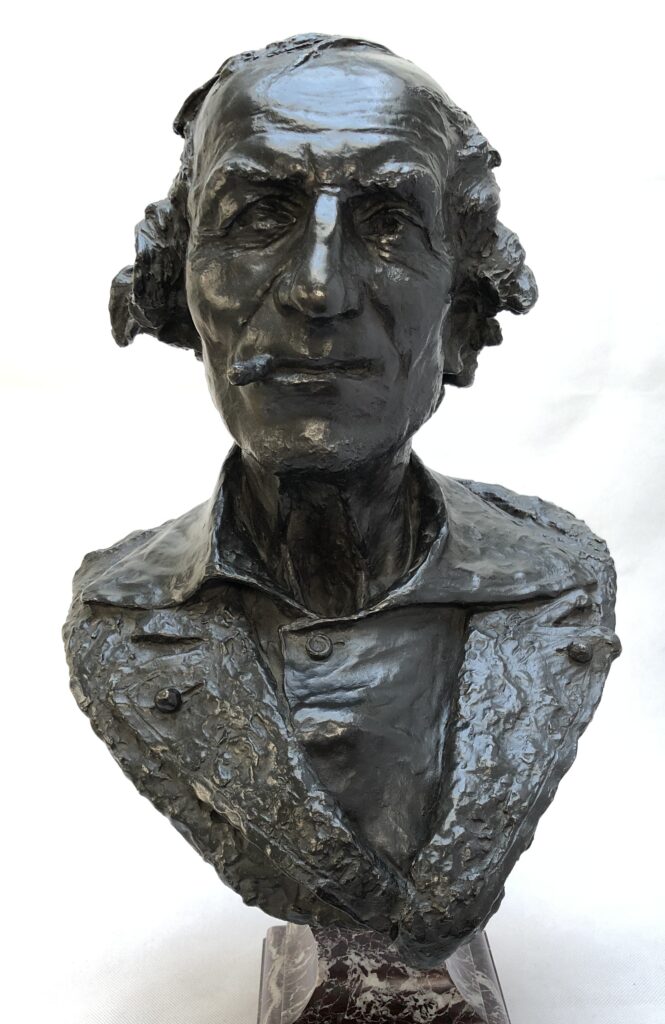
Le Fumeur is undeniably animated, with many quirky realistic details and a certain Gallic nonchalance. Above all, his informal, relaxed demeanour is defined through the half-smoked cigarette or small cigar. The piece is further brought to life through the details of the dress – although, of course, in bronze, we understand the informality of his clothes, for instance, the soft collar of his shirt resting on the buttoned lapels of his jacket.
